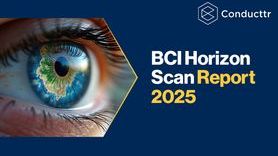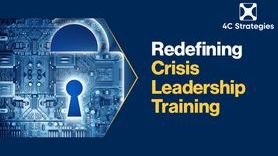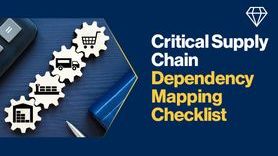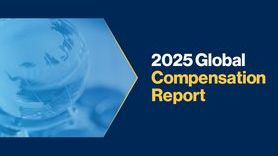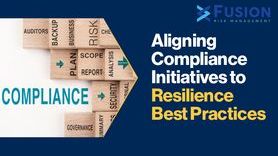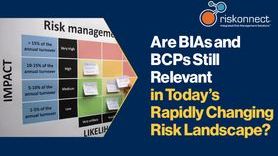Environment Monitoring is the Unsung Hero of Business Continuity
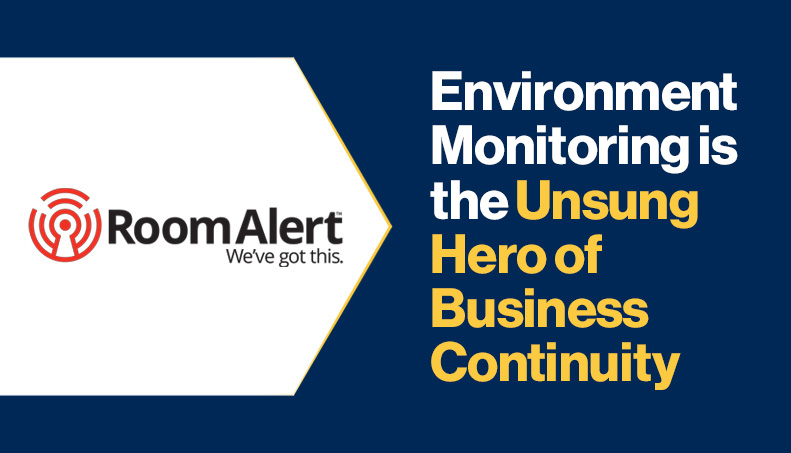
How Proactive Environmental Oversight Strengthens Organizational Resilience Against Hidden Infrastructure Threats
Business continuity professionals today focus extensively on visible risks such as cyber-attacks, supply chain disruptions and communication breakdowns. However, one of the most common causes of unplanned outages operates silently in the background, often going unnoticed until disaster strikes: environmental threats to critical infrastructure.
Temperature fluctuations, humidity changes, power failures, water leaks and air quality issues don't announce themselves with the drama of a ransomware attack, but their impact can be equally devastating. A failed air conditioning unit over a weekend can crash servers, corrupt data and lead to days-long interruption. A small water leak can destroy networking equipment worth hundreds of thousands of dollars. Rising humidity levels can gradually degrade sensitive electronics until they fail at the worst possible moment.
These environment-related threats are particularly insidious because they often develop slowly, giving organizations a false sense of security right up until the moment of failure. Unlike cyber threats that trigger immediate alerts, environmental changes can lurk beneath detection thresholds for hours or days before reaching critical levels.
The cascading impact of environmental failures
Organizations that have experienced environmental disasters understand the domino effect these events create. The immediate operational impact brings business operations to a standstill as server crashes and network outages make customer-facing systems unavailable, internal productivity plummets and revenue generation ceases. Yet the consequences extend far beyond the initial equipment failure.
Data integrity becomes a major concern when sudden temperature spikes or power fluctuations cause corruption, requiring extensive recovery efforts and potentially resulting in permanent and irreversible data loss. Recovery periods stretch much longer than typical IT issues because environmental failures often require physical access to equipment, on-site repairs and complete system rebuilds, prolonging interruptions from hours to days or even weeks.
The regulatory implications can be severe, particularly for organizations in industries with strict requirements for environmental controls in data centers and server rooms. Environmental failures can trigger compliance violations, audits and potential fines that compound the direct costs of the incident. Perhaps most damaging in the long term, unplanned outages erode customer confidence and trust, especially when they could have been prevented through proper and proactive monitoring.
Beyond equipment protection: A broader view of safety
Modern environment monitoring extends far beyond basic temperature tracking, addressing a comprehensive spectrum of threats that can simultaneously impact critical environments and the people who work in them.
- Temperature: Servers and networking equipment generate significant heat and require precise temperature control. Both overheating and overcooling can cause equipment failure. Temperature swings are particularly damaging, creating thermal stress that shortens equipment life even when peak temperatures remain within acceptable ranges.
- Humidity: Excessive humidity can cause condensation and short circuits, while insufficient humidity creates static electricity that damages sensitive components. Maintaining optimal humidity levels requires constant vigilance and precise monitoring that responds to changing conditions throughout the day and across seasons.
- Water detection: Leaks from plumbing, HVAC systems, or roof damage can destroy electronics instantly. Early detection systems provide the crucial window of opportunity to alert staff before water reaches critical equipment, potentially saving hundreds of thousands of dollars in replacement costs.
- Power monitoring: This adds another layer of protection against fluctuations, outages and electrical faults that can cause immediate equipment damage. Understanding power quality helps identify problems before they become catastrophic, while tracking power consumption patterns can reveal developing issues with cooling systems or other infrastructure components.
- Air quality and airflow: Monitoring ensures proper ventilation to prevent heat buildup and equipment overheating, while also detecting contaminants that can damage sensitive electronics over time.
Beyond protecting critical hardware, environment monitoring is a vital component of effective workplace safety. High heat and humidity levels can quickly create dangerous conditions for employees. Heat-related illnesses like heat stroke and heat exhaustion are serious risks, especially for those working in server rooms, warehouses or other areas where equipment generates significant heat. Monitoring heat index, a combination of temperature and humidity, is crucial for ensuring a safe working environment and preventing employee injuries. Proactive alerts for unsafe heat levels allow organizations to implement safety protocols, such as providing access to cooler areas, safeguarding their most valuable assets: their people.
The strategic value of prevention
Forward-thinking organizations are discovering that environment monitoring delivers value far beyond preventing equipment failures.
- When integrated into business continuity strategies, environmental oversight becomes a competitive advantage that enables predictive maintenance through continuous monitoring that reveals trends and patterns. This capability helps predict equipment failures before they occur, enabling planned maintenance during scheduled time slots rather than emergency repairs during business hours.
- Cost optimization emerges as another significant benefit as organizations gain understanding of environmental patterns that help optimize energy usage, extend equipment life and plan infrastructure investments more effectively. Automated logging and reporting capabilities help demonstrate compliance with industry regulations and standards, reducing the administrative burden of compliance management.
- Historical environmental data supports accurate business impact analysis and helps justify investments in redundant systems and backup solutions. Organizations can quantify risks more precisely and make data-driven decisions about infrastructure improvements and business continuity investments.
Building resilience for the future
Environment-related threats to critical infrastructure continue to evolve as aging facilities, increasing equipment density and rising performance expectations make these risks more prevalent. Organizations that master environmental resilience will maintain a significant competitive advantage through reliable infrastructure that enables consistent service delivery, supports customer confidence and provides the stable foundation necessary for growth and innovation.
Proactive environment monitoring represents more than just risk mitigation. It's an investment in operational excellence. By maintaining optimal conditions for critical infrastructure, organizations protect their ability to serve customers consistently, maintain productivity and demonstrate the reliability that builds lasting business relationships.
The question isn't whether environmental risks will threaten your operations, but whether you'll detect and address them proactively or find yourself managing a crisis. In an era where customers expect always-on service and outage costs continue rising, environment monitoring isn't just good practice but rather essential business continuity infrastructure.







